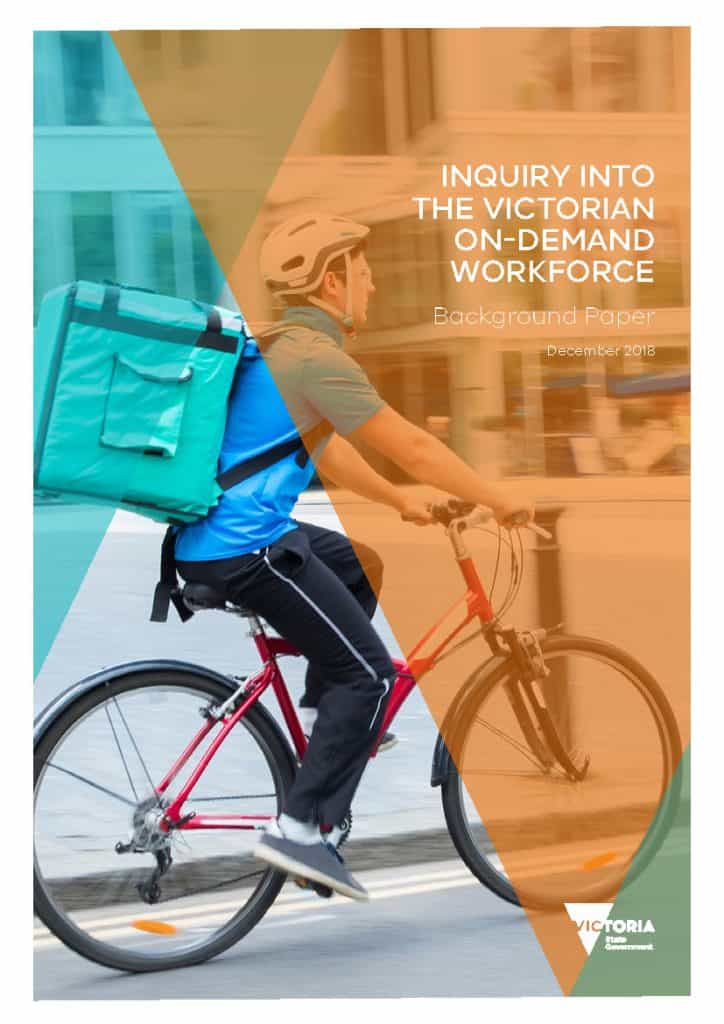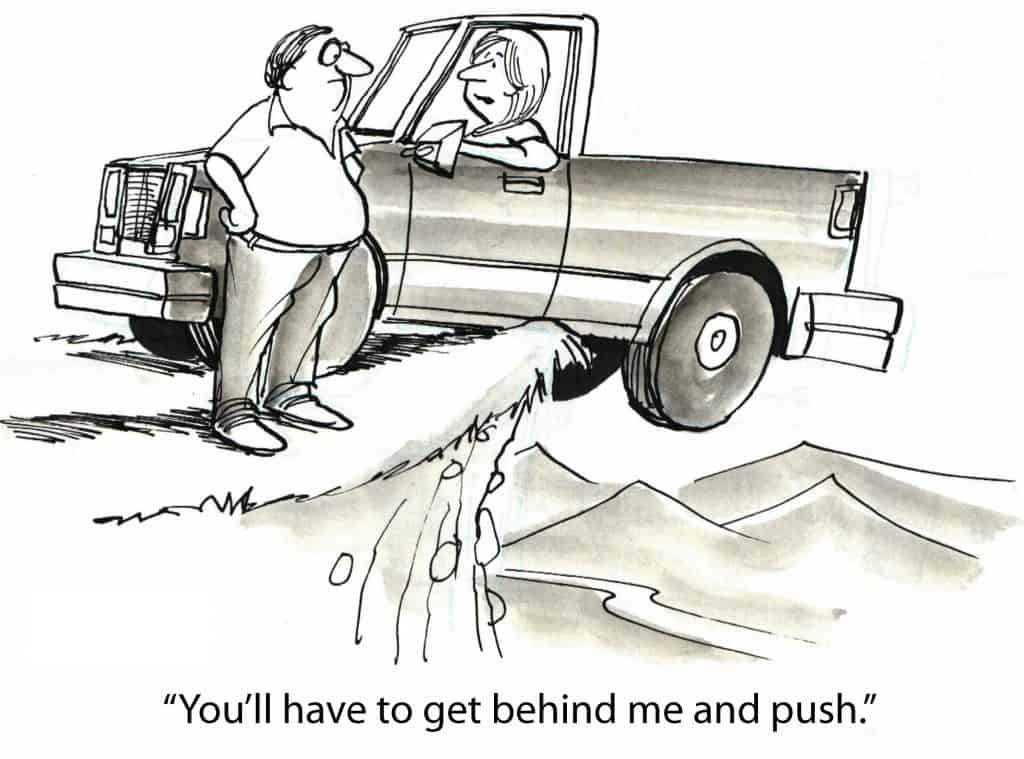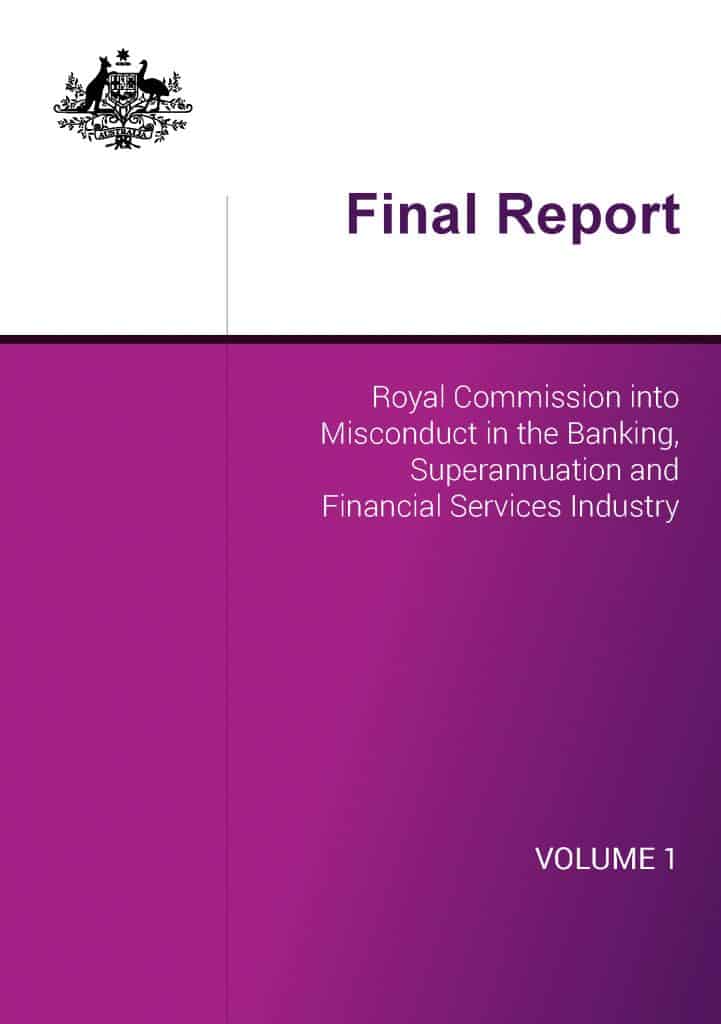
The death of Dillon Wu in 2018, is being investigated by WorkSafe Victoria and is still getting some media attention. The latest is an article in The Conversation by Associate Professor, Diana Kelly of the University of Wollongong called “Killed in the line of work duties: we need to fix dangerous loopholes in health and safety laws“.
This article focuses on the confusion over occupational health and safety (OHS) responsibility as Wu was a labour hire worker placed at Marshall Lethlean Industries by the Australian Industry Group. (AiGroup’s position on responsibility was given to SafetyAtWorkBlog in November 2018) It may seem that AiGroup has primary responsibility because it was Wu’s employer. But AiGroup told SafetyAtWorkBlog that
“All host employers sign agreements with AiGTS which specifically require the host employer to ensure apprentices are supervised and monitored during their engagement. “





